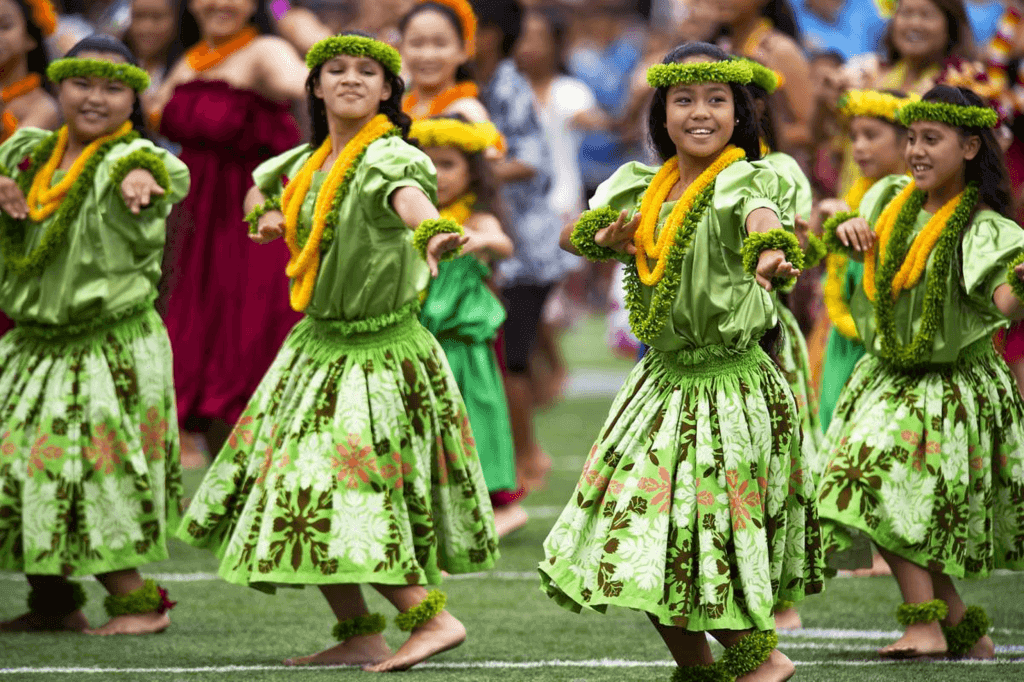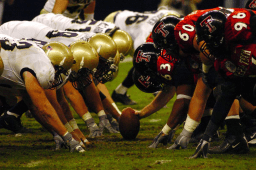Hula in the Coola Day
Hula in the Coola Day is observed next on Sunday, February 1st, 2026 (55 days from today).

Hula in the Coola Day is a holiday celebrated on February 1st by having fun during a cool winter month by getting out of the house and pretending it's a warm Hawaiian day! This holiday is a reminder of a Hawaiian tradition that also gets you out of the cold weather and allows you to enjoy life, eating luau, dancing hula, enjoying a tropical drink or even maybe plan a trip to Hawaii!
History of Hula in the Coola Day
It can be cold outside, but nowadays people venture out into the hula, and can even have a luau, regardless of the temperature. The hula dance dates back to ancient times, and various Hawaiian Islands claim to be its birthplace. Its creation is steeped in myth and legend, and most stories connect the beginnings of the hula dance with the Hawaiian goddesses. It is accompanied by a hymn called olive, or a song called a mele. The word of olive or mele is expressed in the form of a dance. There are different types of hula dance, and there are two main types. The hula kahiko is an ancient hula performed by the island's indigenous peoples; it is done with hymns and musical instruments. Hula ʻauana developed with Western influences in the 19th and 20th centuries, which is accompanied by Western-influenced instruments such as guitar, ukulele and double bass. The hula dance can be performed while sitting, known as the noho dance, or by standing, known as the Luna dance. Some hula dances use both types.
The first European to reach the Hawaiian Islands was James Cook; he arrived in 1778 and observed hula performances. After the arrival of Europeans, Hawaiian culture began to change. Cargo was introduced and Hawaiians began sailing on European ships. After Kemehameha I's death, in 1819, kapu, a traditional Hawaiian culture and religion, was banned. Kapu was introduced around the thirteenth century, and was the main control mechanism of Hawaiian society. Immediately after the ban on kapu, the first Protestant missionaries arrived in the archipelago. The missionaries are against the hula, but they have no right to ban it. In 1830, the widow of Kamehameha I, Ka`ahumanu, queen regent and recently converted to Christianity, banned public hula performances — but it was unsuccessful and ignored. Ka`ahumanu died two years later, and by 1836 hula performances were officially part of state parties.
In the decades that followed, many Hawaiian Christians tried to get rid of the hula dance, which they considered immoral; but it continues to thrive, especially in rural areas. At the time, hula schools also operated in Hawaiian Islands such as Maui, Oahu, and Kauai. It remains the favorite dance of all Hawaiians from all walks of life.
In 1874, King David Kalakaua, known as the Monarch of Merrie, ascended the throne, and the hula dance was once again officially public. After his death in 1891, Liliuokalani, his sister succeeded him. She was overthrown in 1893, and the hula was no longer officially part of the government.
Hula continued to develop in the twentieth century. People from all over the world have visited the islands, and Hawaiians have brought their traditions to many countries. Hula are began to use and English-language songs about Hawaii had published such as "My Little Grass Shack" and "Blue Hawaii." In the early 1960s, during the slow season of March and April, Merrie Monarchy Festival was created, which was named in honor of the 19th-century king who supported the hula. The highlight of the festival is a hula contest. Since its inception, the festival has influenced the teaching and performance of hula. In the twenty-first century, hula dance continues to develop and spread. Ethnic Hawaiians live all over the world, and the hula dance is now studied and practiced in the continental United States, Mexico, Canada, Japan, and throughout Europe.
How to Celebrate Hula in the Coola Day
Celebrate the day by going out for dancing with family and friends. To fully honor Hawaiian tradition, bring tiki torches, grass skirts, Hawaiian drinks, and necklaces, and you can have a full luau. It's a good idea to bring a few heaters outside when the weather gets colder.
This holiday unites people by not only educating them about the importance of Hawaiian culture but also bringing them together by enjoying a fun tradition for everyone in the family.
Don’t forget share Hula in the Coola Day on social media by using hashtag #HulaintheCoolaDay on your posts, share with your followers the amazing luau you’re having to celebrate the holiday to encourage people to post their own luau setups or even them hula dancing as well.
Observed
Hula in the Coola Day has been observed annually on February 1st.Dates
Thursday, February 1st, 2024
Saturday, February 1st, 2025
Sunday, February 1st, 2026
Monday, February 1st, 2027
Tuesday, February 1st, 2028


